Introduction
Contemporary industrial architecture has emerged as a defining force in the modern built environment, characterized by its innovative use of materials and emphasis on functionality. This architectural style breaks from traditional norms, favoring expansive open spaces and raw, exposed structures that reflect a commitment to authenticity and sustainability. With a growing focus on integrating green design practices, such as energy-efficient systems and green roofs, contemporary industrial buildings not only serve their intended purposes but also foster community engagement and environmental stewardship.
As architects navigate the complexities of this evolving landscape, the interplay of advanced visualization techniques and adaptive design strategies becomes increasingly crucial, ensuring that projects resonate with both current needs and historical contexts. Through an exploration of key features, material usage, and the architectural design process, this article delves into the transformative impact of contemporary industrial architecture on the communities it serves.
Defining Contemporary Industrial Architecture: Key Features and Innovations
Modern architectural design distinguishes itself through the strategic use of raw materials, expansive open spaces, and a focus on functionality. Key characteristics include:
- Exposed structural elements
- Extensive use of large windows
- A minimalist aesthetic that frequently employs steel and concrete
This style has led the way in sustainable practices, such as the use of green roofs and energy-efficient systems, which are essential to the contemporary manufacturing environment. Furthermore, the immersive influence of visualization plays a vital role in this context, enabling prospects to interact profoundly with plans and nurturing community ties for future homeowners.
A significant aspect of modern manufacturing styles is the seamless integration of indoor and outdoor areas, enhancing interaction and connectivity. Unlike traditional architectural styles that emphasize ornamentation and symmetry, contemporary architecture values the honest expression of materials and forms, often mirroring urban environments and manufacturing heritage. The use of 3D visualizations significantly enhances client understanding, improves stakeholder communication, and helps identify issues early in the process.
Recent case studies, such as the revitalization of the old steel mill in Pittsburgh, showcase how industrial facilities can harmonize with local environments, mitigating negative impacts and promoting sustainability. This project not only preserved historical elements but also integrated community spaces that foster engagement. Additionally, the structure planning process encompasses essential stages like:
- Feasibility studies
- Concept enhancement
- Massing analysis
These stages guarantee that projects are both functional and in tune with community requirements.
The architectural planning process begins with feasibility studies that evaluate the viability of the concept, allowing stakeholders to visualize the project’s massing, scale, and overall form in a three-dimensional space. Following this, concept refinement acts as a visual sandbox where various elements can be tested and adjusted. Massing studies are also essential, as they help understand how the building will interact with its surroundings and its spatial relationships with other structures.
Moreover, the adoption of 4D BIM technology exemplifies innovation within this field, enabling contractors to create detailed, step-by-step project plans that enhance efficiency and reduce environmental impact. For instance, in a recent project in San Francisco, the use of 4D BIM allowed for real-time adjustments that significantly minimized waste and optimized resource management.
These advancements, along with the latest trends in sustainable practices, underscore the transformative impact of contemporary industrial architecture on both the built environment and the communities it serves. Through polished visuals and accurate 3D renderings, architects can effectively communicate their creative intent, ensuring that projects resonate with their intended audiences.
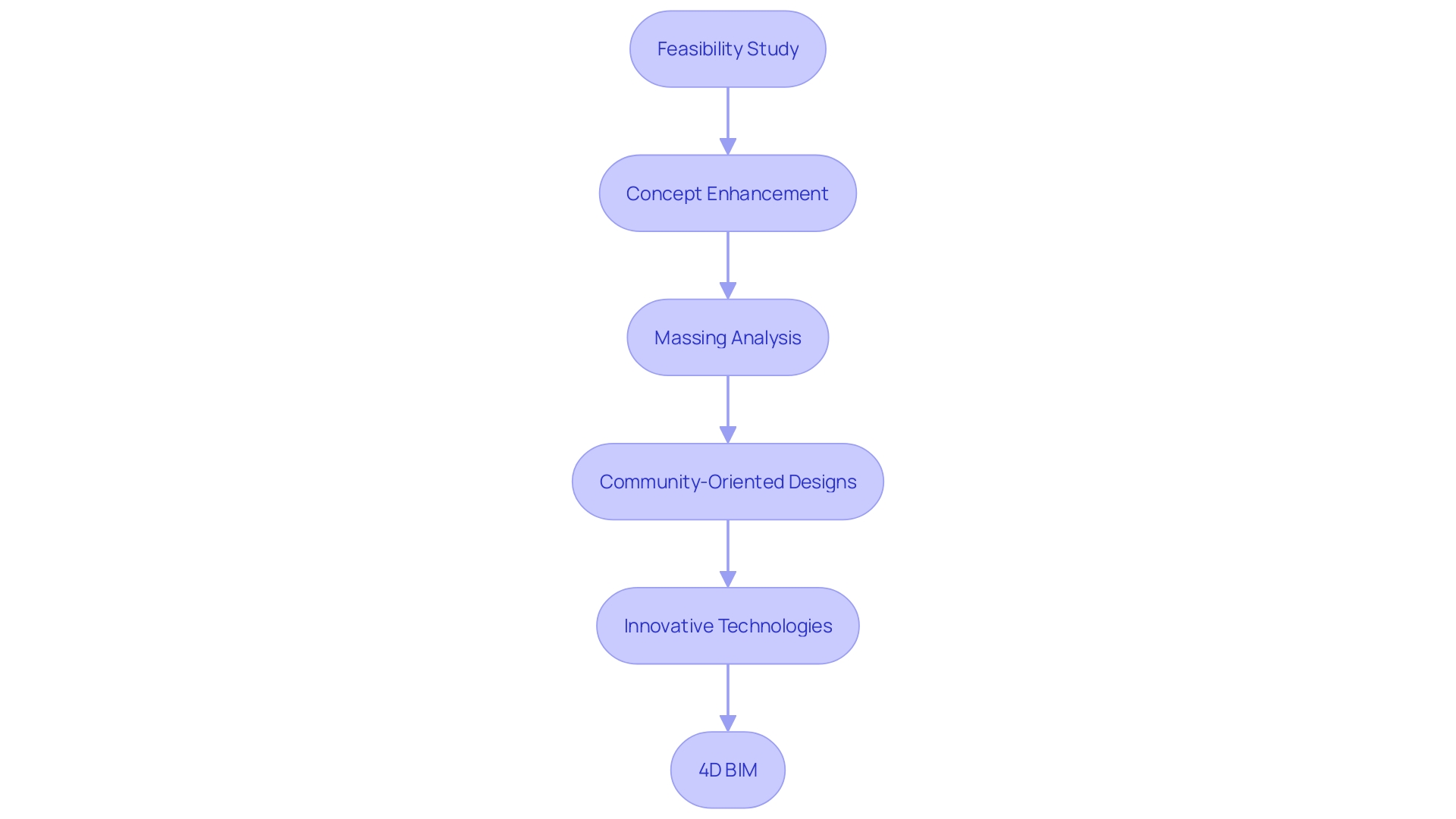
Exploring Traditional Architectural Styles: Heritage and Design Principles
Traditional architectural styles encompass a wide range of designs, including Gothic, Baroque, Colonial, and Neoclassical, each with its distinctive features and historical significance. These styles often emphasize craftsmanship, symmetry, and ornate detailing, reflecting the cultural and social values of their time. Heritage plays a crucial role in classic architecture, as many structures are designed to harmonize with their surroundings and convey a sense of place. Design principles within classic styles prioritize proportion, balance, and the use of local materials, fostering a connection between the building and its environment.
As we examine modern industrial styles, it is crucial to grasp how they can challenge or enhance these classic aesthetics. For instance, contemporary minimalist aesthetics often employ stark lines and open spaces, which can contrast with the ornate details of classic styles. However, when thoughtfully integrated, contemporary styles can enhance the visual narrative of a space, creating a dialogue between past and present.
Integrating fundamental concepts of design—such as aesthetics versus functionality, site analysis, and user-focused design—can improve the appreciation and execution of both classic and contemporary styles. The design process, including feasibility studies, concept refinement, and the use of visualization tools, ensures that projects respect traditional values while adapting to contemporary needs. For example, a recent project that transformed an old warehouse into a mixed-use community space exemplifies this balance, preserving historical elements while integrating modern amenities. This approach not only respects the heritage of the site but also meets the current demands of its users, resulting in accurate and inspiring 3D architectural renderings that reflect both tradition and innovation.
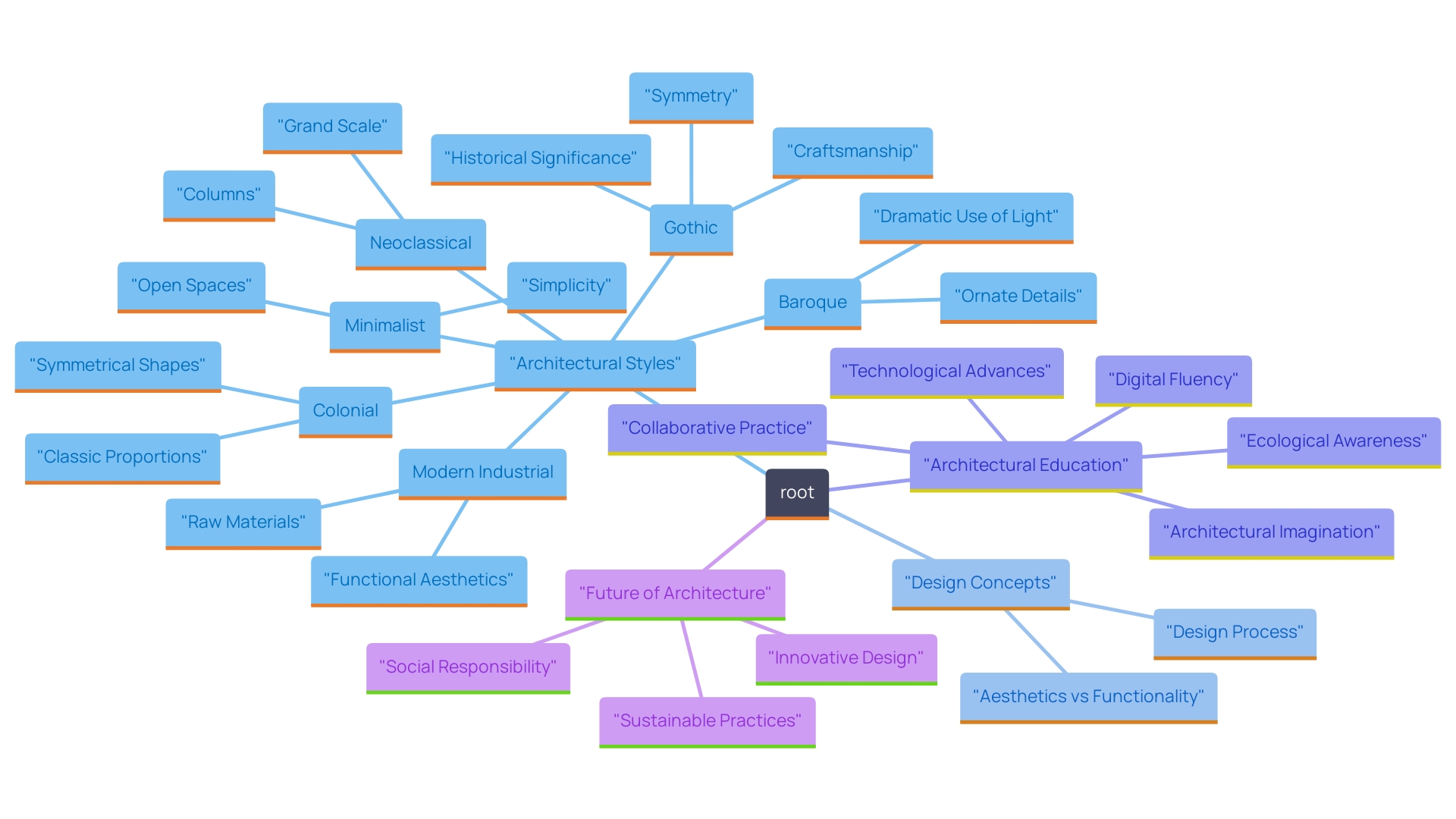
Comparative Analysis of Material Usage in Contemporary Industrial vs. Traditional Architecture
In contemporary industrial architecture, materials such as steel, glass, and concrete dominate the landscape. These elements are pivotal in creating bold designs and expansive spaces, often being left exposed to emphasize their intrinsic strength and authenticity. The raw aesthetic is a hallmark of this style, reflecting a commitment to functionality and modernism.
On the other hand, conventional architecture primarily depends on materials such as brick, wood, and stone. These materials are meticulously crafted and frequently adorned with intricate decorative elements, showcasing local craftsmanship and cultural heritage. This attention to detail imbues classic buildings with a sense of character and historical continuity.
The challenge of preserving historic structures like the Boardman Building, which lacked current architectural plans, underscores the need for innovative solutions. Utilizing advanced 3D laser scanning technology not only addresses these documentation challenges but also transforms historic spaces into modern living areas through precise interior renderings. These renderings facilitate stakeholder understanding and informed decision-making, demonstrating how modern elements can harmonize with historical features.
Material usage statistics reveal a clear trend: contemporary architecture favors the durability and flexibility of industrial materials, while traditional styles celebrate the natural beauty and sustainability of their chosen elements. For instance, recent projects have increasingly adopted innovative materials such as cross-laminated timber and recycled aluminum, which not only enhance sustainability but also contribute to the aesthetic appeal of modern designs.
Sustainability is a critical consideration in both paradigms. Traditional materials often benefit from being locally sourced and biodegradable, aligning with ecological principles. On the other hand, contemporary materials increasingly incorporate recycled content and innovative engineering techniques to enhance performance and reduce environmental impact.
This trend is exemplified by case studies demonstrating significant cost savings and productivity gains in building projects that adopt advanced materials and methods, mirroring the benefits seen in the migration to Hosted IP PBX systems. Such shifts highlight the economic advantages and underscore the broader trend towards sustainability and innovation within the industry.
Ultimately, the comparison between traditional and contemporary architecture reveals a dynamic interplay between heritage and modernity, with each approach offering unique benefits and challenges. As the architectural landscape keeps evolving, the incorporation of sustainable practices and materials remains essential, fostering progress and motivating future creations.
Functionality and Adaptability: A Comparative Perspective
Modern architectural design is characterized by its inherent flexibility and functionality, often employing open floor plans that can be effortlessly modified for various applications. This adaptability makes these creations particularly well-suited for mixed-use developments, co-working spaces, and residential lofts. A prime illustration of this adaptability is observed in recent mixed-use projects where commercial structures have been transformed into vibrant community hubs, integrating residential, commercial, and recreational spaces. Recent studies indicate that over 60% of new industrial concepts now prioritize flexible usage, reflecting a significant trend in the architecture sector.
In contrast, conventional architectural styles typically showcase defined areas tailored to specific functions, reflecting the social hierarchies and lifestyles of their era. These creations provide a sense of permanence and historical continuity but may lack the versatility needed for modern applications. For instance, historic renovations in Washington DC highlight the challenge of integrating modern technology and sustainability while preserving cultural heritage.
Architects today face the task of balancing the enduring charm and historical significance of traditional elements with the need for functional adaptability. Senior Principal Dave Whitman emphasizes this balance, stating, “Contemporary industrial creations must prioritize both functionality and adaptability to meet evolving community needs.” This perspective aligns with the current trend in adaptable architecture, underscoring the creation of spaces that are not only versatile but also sustainable and community-oriented.
In practice, this means utilizing technological advancements and innovative approaches to ensure spaces can evolve alongside the communities they serve. By reviewing Schematic Design documents and establishing clear objectives during the Development phase, architects can ensure that their creations not only fulfill aesthetic aspirations but also meet practical requirements. Whether through the use of modular components, flexible layouts, or sustainable materials, contemporary industrial architecture continues to push the boundaries of what is possible, offering a blueprint for the future of adaptable, mixed-use spaces.
For those seeking to visualize and validate their design concepts, collaborating with J. Scott Smith Visual Designs can offer the clarity needed through preliminary renderings and professional 3D modeling services. Reach out to us today to discover how we can help realize your design vision.
Sustainability in Design: Contrasts and Commonalities
Sustainability includes various methods in both modern commercial and traditional architectural styles, each providing unique benefits. Contemporary industrial creations prioritize energy efficiency by leveraging advanced technologies such as solar panels and passive heating systems. These designs often feature open layouts that maximize natural light, significantly reducing energy consumption. For instance, the Bullitt Center in Seattle is designed to be net-zero energy, while the Bosco Verticale in Milan integrates extensive greenery to enhance its sustainability profile.
Conversely, classic architecture employs eco-friendly practices by utilizing local materials and passive cooling techniques. Although it may face challenges in integrating modern sustainable technologies due to historical contexts, traditional architecture imparts valuable lessons in sustainability. The use of adobe in desert climates, exemplified by structures like the Pueblo homes in New Mexico, minimizes transportation emissions and enhances compatibility with the environment.
The innovative application of 3D interior renderings is pivotal in transforming historic spaces, such as the Boardman Building, into modern living areas. By utilizing advanced 3D laser scanning technology, we achieve a comprehensive understanding of the building’s complexities, facilitating informed decision-making and ensuring a harmonious blend of old and new. These renderings serve not only as artistic impressions but also as precise visual tools that enable stakeholders to visualize the potential of each space, fostering a shared understanding of project goals.
The global design services market, valued at $360.8 billion in 2022, is projected to reach approximately $549.6 billion by 2032, reflecting a compound annual growth rate (CAGR) of 4.3%. This growth underscores the increasing importance of sustainable practices in architecture, with the U.S. accounting for 19.4% of the global market and leading in the adoption of advanced technologies.
Experts from Grand View Research indicate that North America is expected to drive market growth, propelled by innovations in energy-efficient building technologies. As companies increasingly submit proposals, strong digital marketing strategies for promoting sustainable concepts become essential. In summary, modern industrial and classic architectural styles offer significant opportunities for sustainability. Contemporary designs proactively address current environmental challenges through advanced technologies, while traditional architecture offers enduring eco-friendly techniques that remain relevant today.
Conclusion
Contemporary industrial architecture represents a transformative shift in the built environment, characterized by its innovative use of materials, expansive spatial layouts, and a commitment to sustainability. This architectural style distinguishes itself through the integration of raw materials and the prioritization of functionality, as evidenced by the extensive use of steel, concrete, and glass. The incorporation of green design practices, such as energy-efficient systems and green roofs, showcases a dedication to environmental stewardship while fostering community engagement.
The architectural design process plays a pivotal role in the successful implementation of contemporary industrial projects. Through advanced visualization techniques, such as 3D modeling and 4D BIM technology, architects can effectively communicate design intent and ensure alignment with both current needs and historical contexts. The balance between preserving traditional architectural elements and embracing modern adaptability is crucial, as it allows for the creation of versatile spaces that can evolve alongside the communities they serve.
Ultimately, the interplay between contemporary industrial and traditional architectural styles reveals a dynamic relationship that enriches the built environment. By leveraging the strengths of both paradigms, architects can create spaces that honor heritage while addressing contemporary demands, thereby contributing to a more sustainable and resilient future. As the architectural landscape continues to evolve, the integration of innovative materials and sustainable practices remains essential in shaping designs that resonate with both present and future generations.
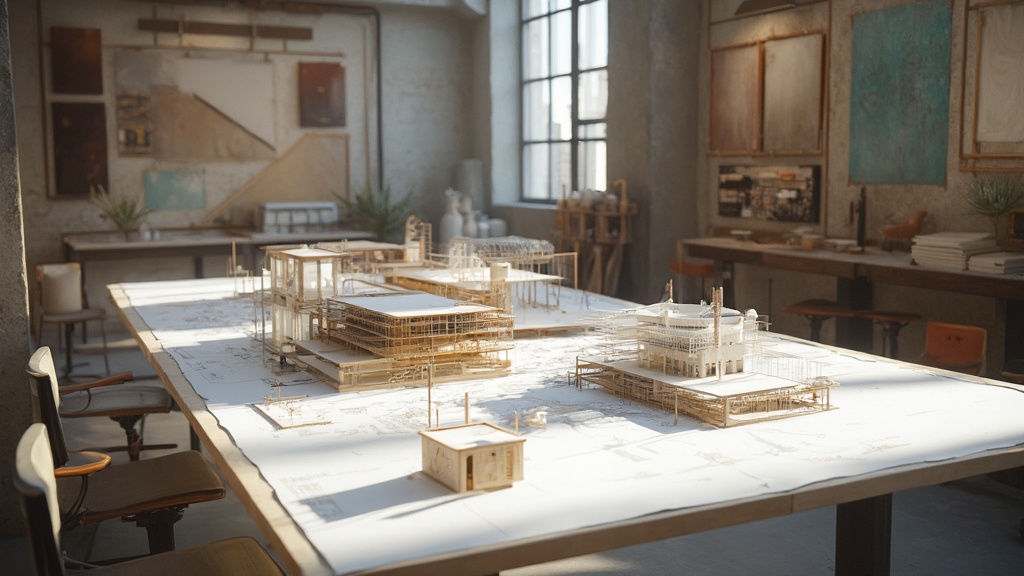
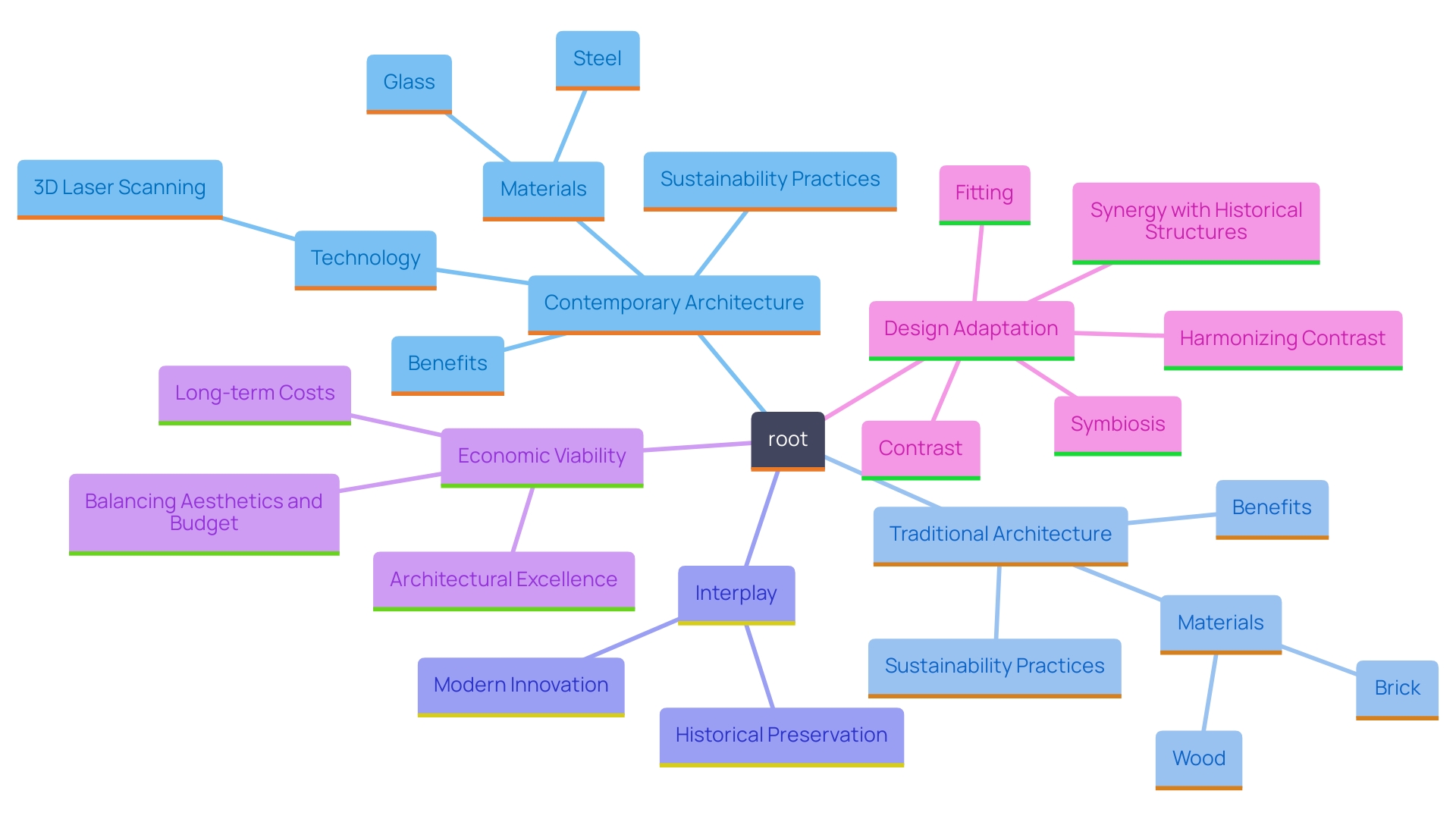
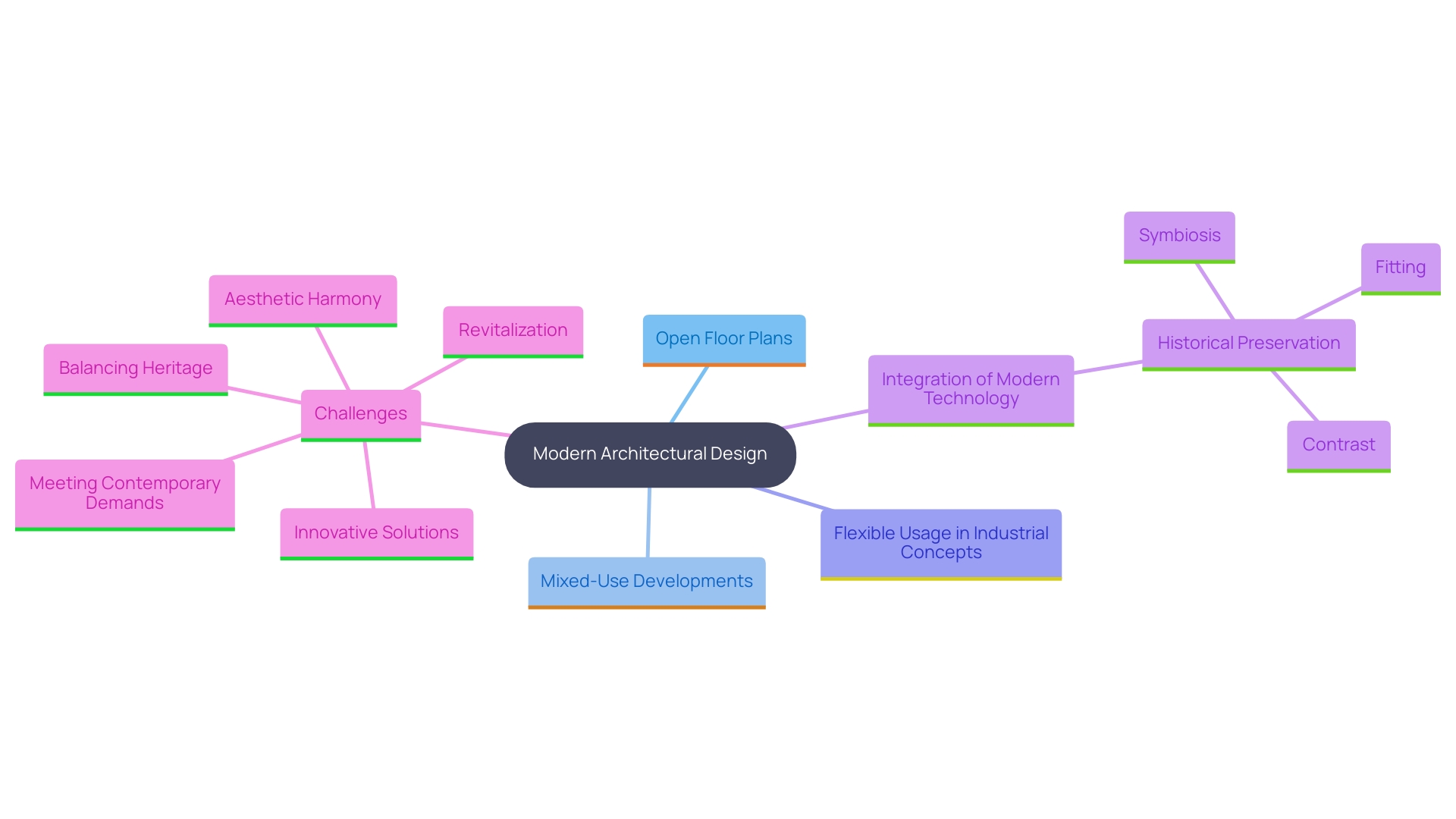
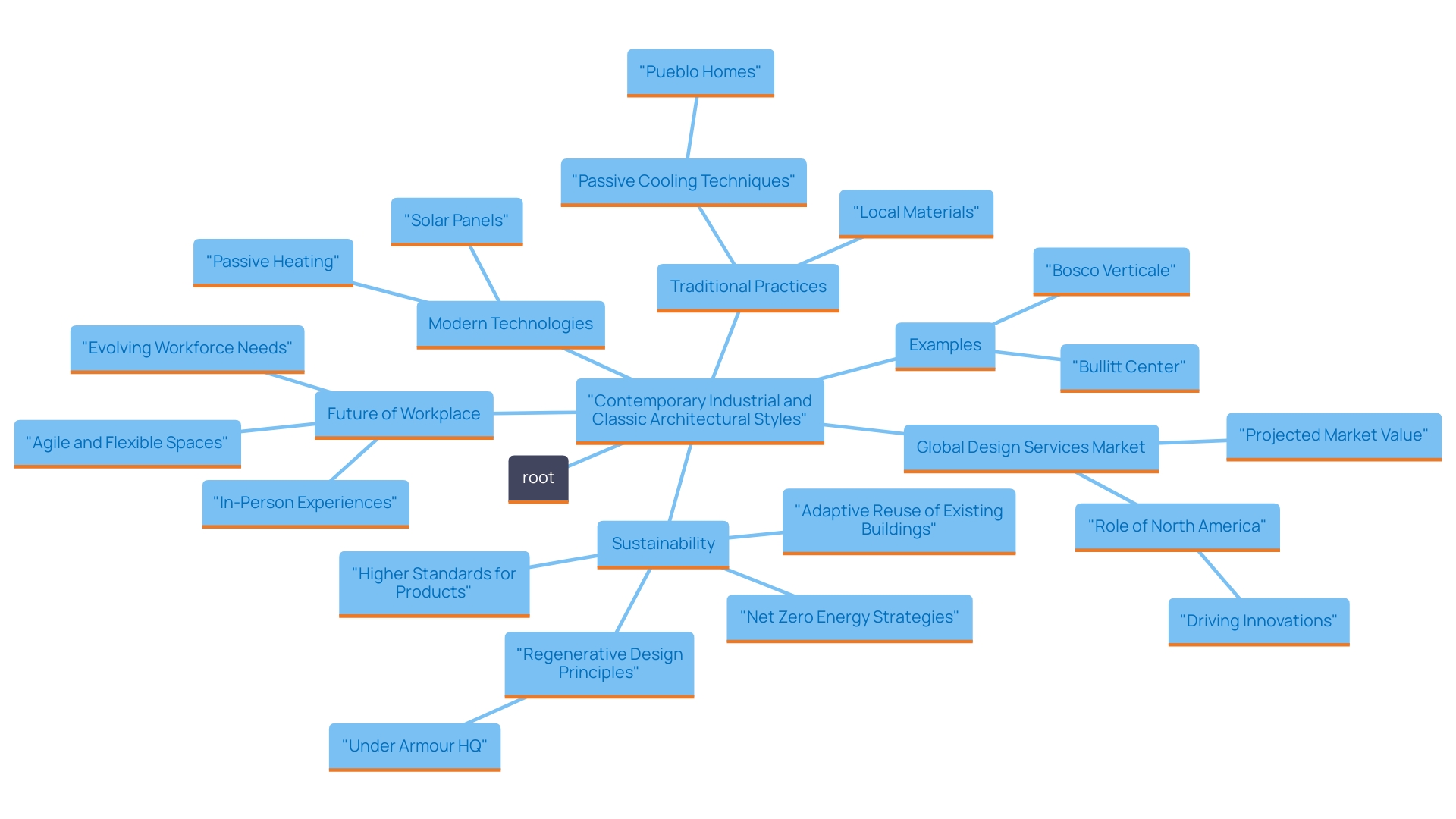
0 Comments